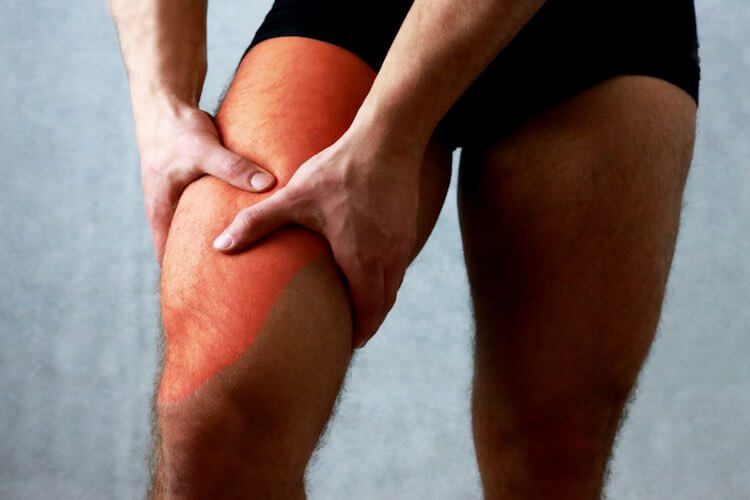Why you need to cool down after exercising
Taking the time to cool down enables your breathing time and heart rate to return to normal, reducing the stress on the body.
Cooling down allows your body temperature to return to normal. If you’ve ever briskly walked to work, class or your transport and then immediately sat down, you probably felt overheated and sweaty. You can avoid this by gradually reducing your activity intensity. This will help you reduce your body temperature before you head off into the next part of your day.
Reduce the risk of fainting or dizziness by returning your circulation. Working out increases your circulation and diverts it to your muscles. This circulation then decreases as soon as you stop exercising. When this occurs too quickly, blood pools in the larger muscles and it is possible to experience a sudden drop in the circulation to your brain, which can cause dizziness, light headedness and fainting.
A cool down allows your body to benefit from the feel-good hormones released during exercise. This enable you to maintain a positive mind frame and feel motivated to exercise again.
How to cool down
Cooling down involves gradually reducing your exercise speed and intensity. A great and simple way to do this is by walking at a moderate to slow pace for 5-10 minutes. After this, we suggest performing some stretches of all major muscle groups to promote flexibility and movement.
After more guidance to help you optimise your workout? Contact Sports Focus today for sports-specific advice!



